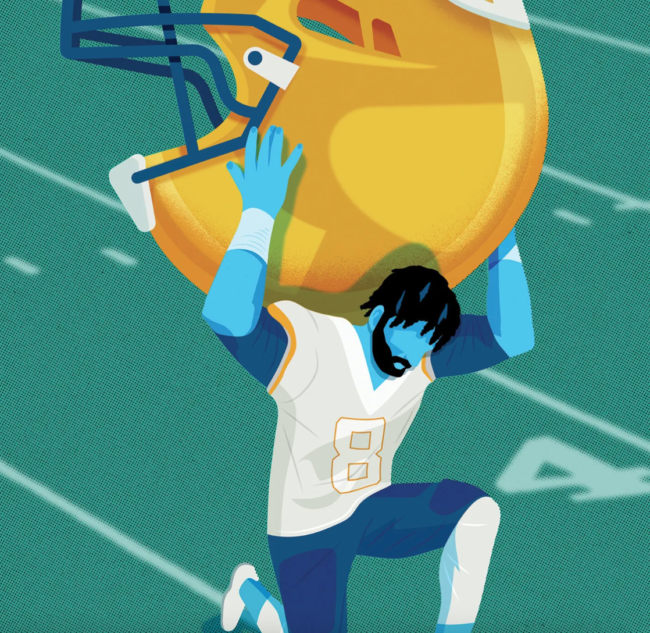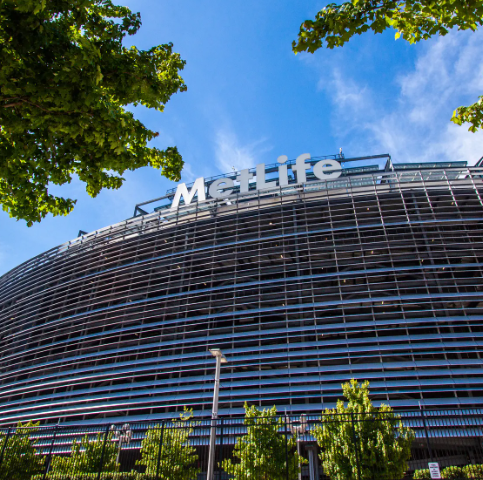While it may seem that the Conference of Champions, the Pacific-12, disintegrated within a matter of days, the downfall of this conference began years ago. For those new to college sports, this is your guide to the last few weeks of news headlines. In Division 1 athletics, a handful of conferences are known for being the most competitive and bringing home the most championships. Conferences were historically comprised of schools that were similar in size and region. The Pac-12, a Pacific Coast League, is one of the most iconic college conferences, given that it has produced 553 national championships.
In the last year, seven colleges have left the Pac-12. The flight from the Pac-12 began in August 2022 when USC and UCLA announced they would be joining the Big-10. A few weeks later Colorado declared they would also be departing the conference to go to the Big-12. A year later, in August 2023, Pac-12 members Oregon and Washington decided to jump ship to the Big-10. Arizona, Arizona State, and Utah followed suit and announced their defection to the Big-12. These teams will be switching conferences for the 2024-2025 school year. This leaves Stanford, Cal Berkley, Oregon State, and Washington State in the dust. Their options include merging or joining with the Mountain West Conference or the East Coast-based American Athletic Conference. Given the academic rigor of Stanford and Cal Berkley, rumors have it that these schools may consider following Notre Dame’s footsteps and competing independently of a conference.
Why is everyone leaving the Pac-12? Money. The Pac-12 offers insufficient funding in their media rights deals for football and basketball. The lack of funding is due in part to the fact that the Pac-12 has not won a national championship in football or basketball since 2004. Most college sports teams lose money. They do not get enough media coverage or have large enough fan bases to profit. Football and basketball are often the only exceptions to this. It is in the best interest of the colleges to transfer to conferences that benefit their football and basketball teams financially. Yet, this may not be in the best interest of the student-athletes.
When the Big-10 was founded, seven out of the ten original schools bordered Lake Michigan. Most other conferences at the time were also regionally based. This model has shattered, taking the Big-10 from a Midwestern League to a league that spans the entire country. Many of these schools are now 2000+ miles apart, covering four time zones and three-hour time changes. Athletes at these schools will have to travel so much that they may need to take entire semesters online rather than taking a few or no classes remotely.
Travel is not only becoming a large part of these conferences; it is also increasing at Division II, Division III and in high school athletics. High school club tournaments are typically every other weekend for competitive athletes, frequently causing them to miss days of high school. Travel has increased as club sports have become incorporated, generating an estimated $7 billion per year. Club sports are businesses, selling merch, acquiring thousands of Instagram followers and upcharging athletes to compete.
This culture of travel has created a question that athletes at every level must answer: “Am I a student-athlete or an athlete student? What comes first, my academics or my athletics?” There is not enough time in the day to fly across the country and study at the level expected of these athletes. In 2021, USC published an article that discussed the “Quiet Crises in College Sports: Mental Health.” A few years prior the NCAA had found that “30% of college athletes feel overwhelmed.” This crisis will only continue to increase as more is loaded onto the shoulders of athletes. While an increase in travel may support the businesses behind colleges, it will not support their athlete’s performances which have proven to be significantly lower due to an increase in stress, exhaustion, and other mental health issues. Students must wake up before 6 AM to make it to 4 PM games across the country. After the toll of travel, we cannot expect players to be at their best physically or mentally. From high school to professional athletics, when will the player finally come before the business?









